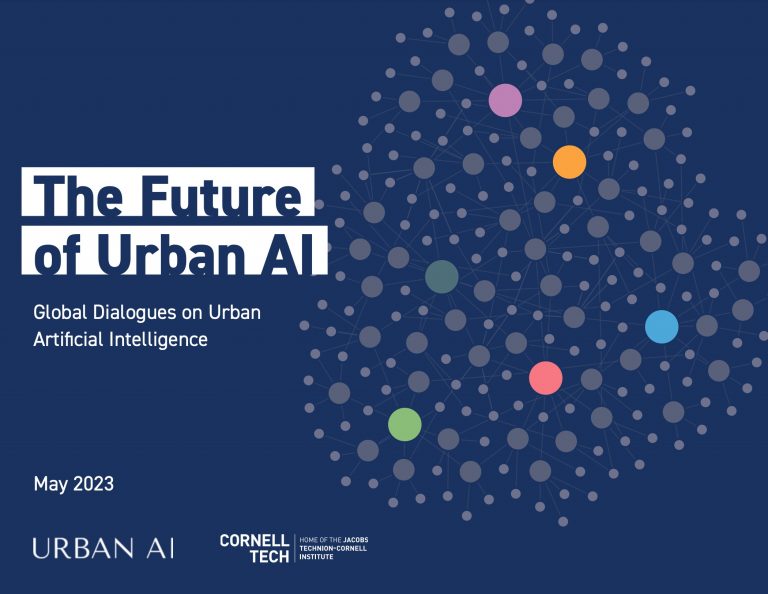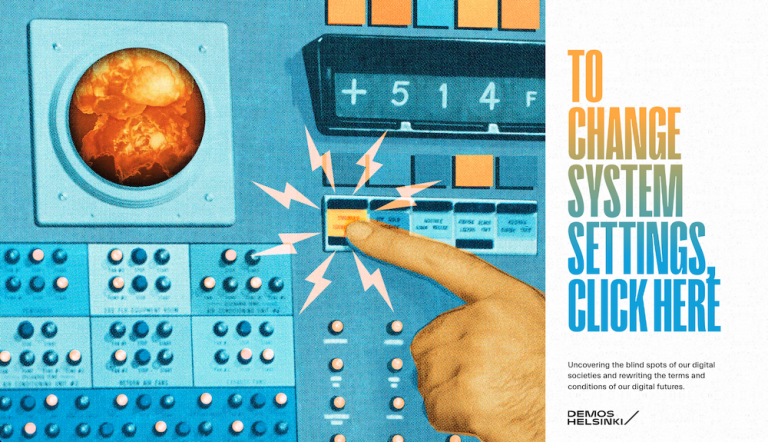New NESTA paper on good and bad futurology

A new NESTA paper, Don’t stop thinking about tomorrow, navigates the myths and realities of good and bad futurology, from economic forecasting to science fiction.
Since time immemorial, people have tried to predict the future. In the second half of the 20th century, these efforts grew more ambitious and sophisticated. Improvements in computational power, data gathering, and analysis were all put to work to try to lift the veil on the future.
But the last decade has not been kind to futurology. Bankers’ and insurers’ forecasts of risk turned out to be drastically wrong, torpedoing the financial system and ushering in a long stagnation. Politicians’ visions of long-term stable economic growth evaporated. Perhaps relatedly, scathing critiques of our ability to foresee the future rose to the top of bestseller lists.
In this newly self-conscious mood, Nesta funded research that tries to get under the surface of different ways of talking about the future. This paper leans on that research, defending some forms of futurology.
The paper uses the image of a torch beam that shines forward in time to distinguish different ways of talking about the future. Imagine a hiker moving through unfamiliar territory using a torch equipped with a focusing lens. The narrower and more focused the beam, the brighter the light, and the more detail can be perceived about the probable path. However, an unexpected obstacle or event may force the hiker to take an alternative route and encounter dangers which were not lit up by the thin, bright torch beam. With an unfocused wider beam, the hiker can see less detail about any particular area, but is able to see some of the dangers and advantages of a wider range of plausible paths and potentially choose the preferable way forward.
Key findings
Thinking about the future is not pointless or dangerous. The paper puts forward three maxims that show that thinking about the future in a structured way is not just useful, but essential
- New forms of data-driven forecasting tell us valuable things about the near future. There is scope for experimenting with these techniques in order to find out what works.
- Thinking about plausible future scenarios can help guard against fragility. Governments and businesses need foresight capabilities in order to address systemic challenges.
- Innovation starts with a story about the future. Imagining and sharing desires and fears about the futures is a way for all of us to shape it.



